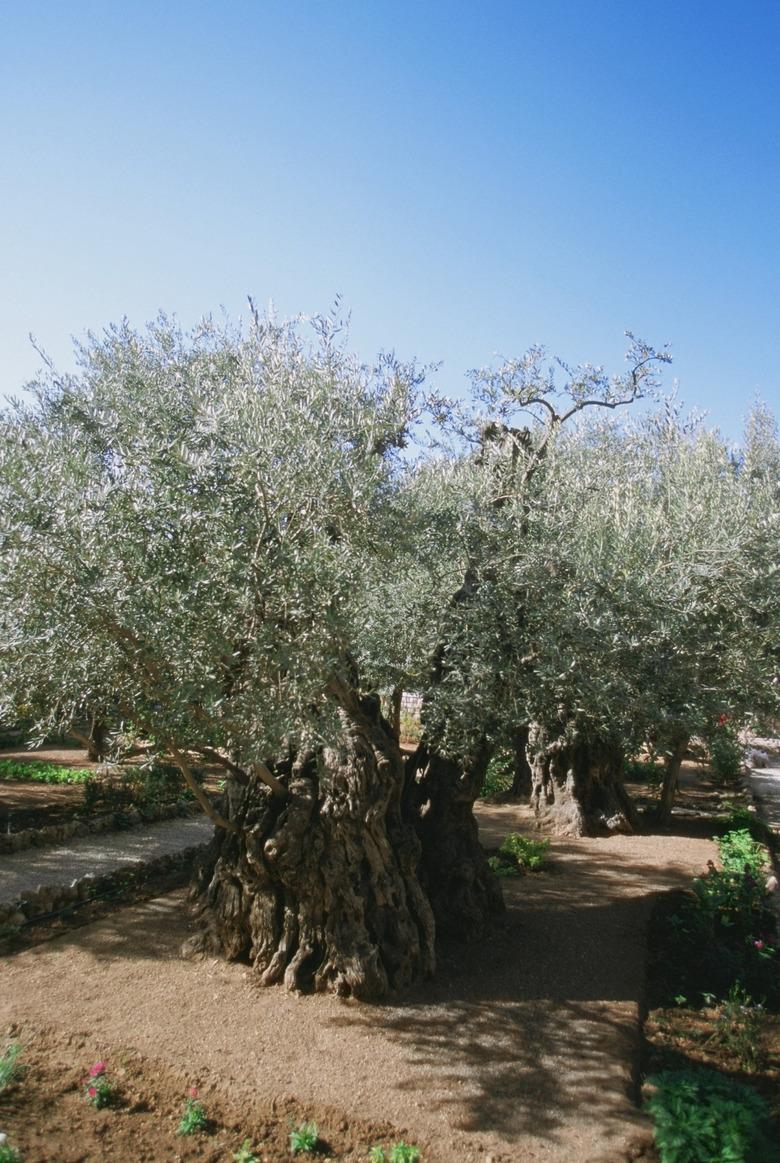Are Roots A Problem With Olive Trees?
Choosing to highlight your landscape with trees is a popular homeowner practice. Selecting the appropriate tree takes into consideration whether you are looking for an ornamental, shade or a bearing tree. An olive tree when fully grown has a large canopy along with an eye-catching gray, twisted, gnarly trunk; appropriate species bear fruit (olives). However, the roots that allow the olive tree to succeed at all these attributes can be a problem.
Buildings
Buildings
The olive tree, fully grown, reaches heights of 40 feet with a canopy 15 feet wide. Take into consideration that the roots will extend even farther out than the crown of the tree. Planted too close to a structure, the roots can damage the foundation. If an extensive root system develops under a foundation and later dies off, the resulting gaps can cause foundation shifting, with interior and exterior problems.
Sewers
Sewers
Know where your sewer lines are, and avoid planting over or near them. Moist conditions in and around underground sewer pipes are attractive to the roots of many trees, including the olive tree. Tree roots will find the cracks or loose joints in the pipes, enter at these openings and feed off the dampness and nutrients found inside, growing and eventually blocking the sewer pipe.
Ground Surface
Ground Surface
Trees need their roots to absorb the nutrients they require for growth. The top 3 inches of soil contain many of these feeder roots. You will be limited in working the soil in the area under and in a 15-foot or more radius around a mature olive tree. Any disturbance to the soil can damage these necessary roots, and enough damage can cause the eventual death of the tree.
Digging
Digging
Be aware of the eventual path the roots of your olive tree may take, and take caution when you plant your olive tree. Underground utilities are generally located 12 inches deep. To prevent injury to yourself or the utilities serving your home, notify your utility department, often three or more days in advance, of your intention to dig. Their findings may limit your planting location choices.


